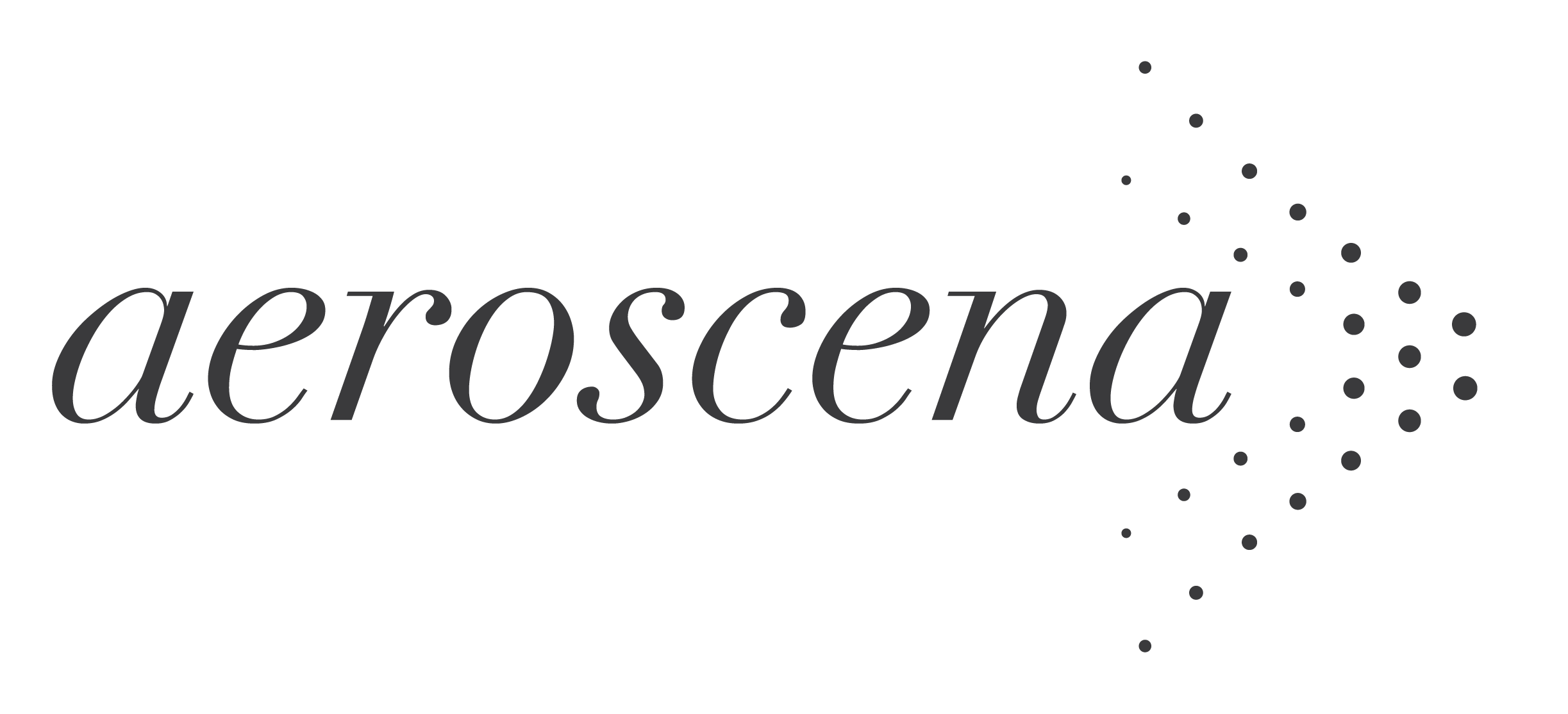Scent Science Blog
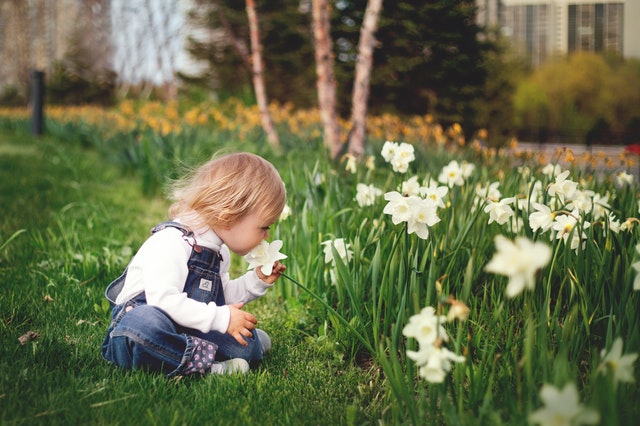
Functional Fragrance vs. Aromatherapy: What’s the Difference?
If you’re familiar with aromatherapy, you may have started to notice a new scent-related term popping up: “functional fragrance.” But what is functional fragrance? And how does it differ from arom...
Read more
Aeroscena® Featured in Hotel Business Magazine
CLEVELAND—Non-pharmaceutical remedies provide a natural alternative for common ailments. While these products may be gaining traction, they’re rarely found in a hotel guestroom—which could be just...
Read more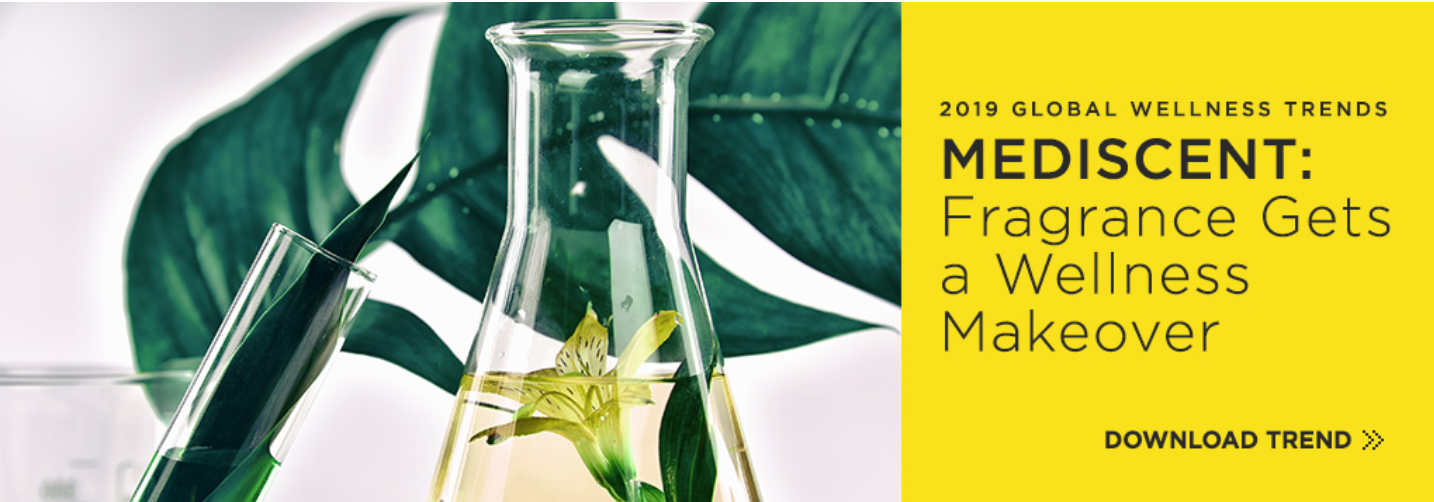
Aeroscena® Featured in Global Wellness Summit Article on Trends in Scent
MediScent: Fragrance Gets a Wellness Makeover A new understanding of scent’s crucial role in our physical and emotional wellbeing is transforming how we think about, nurture, and use our sense of...
Read more
Essential Oils, 5-HT3 Antagonists, and Mechanisms of Action
As the market for essential oils has grown over the last decade, so has the hype. This is one reason why it’s important to separate scientific fact from marketing fiction (or at least, marketing...
Read more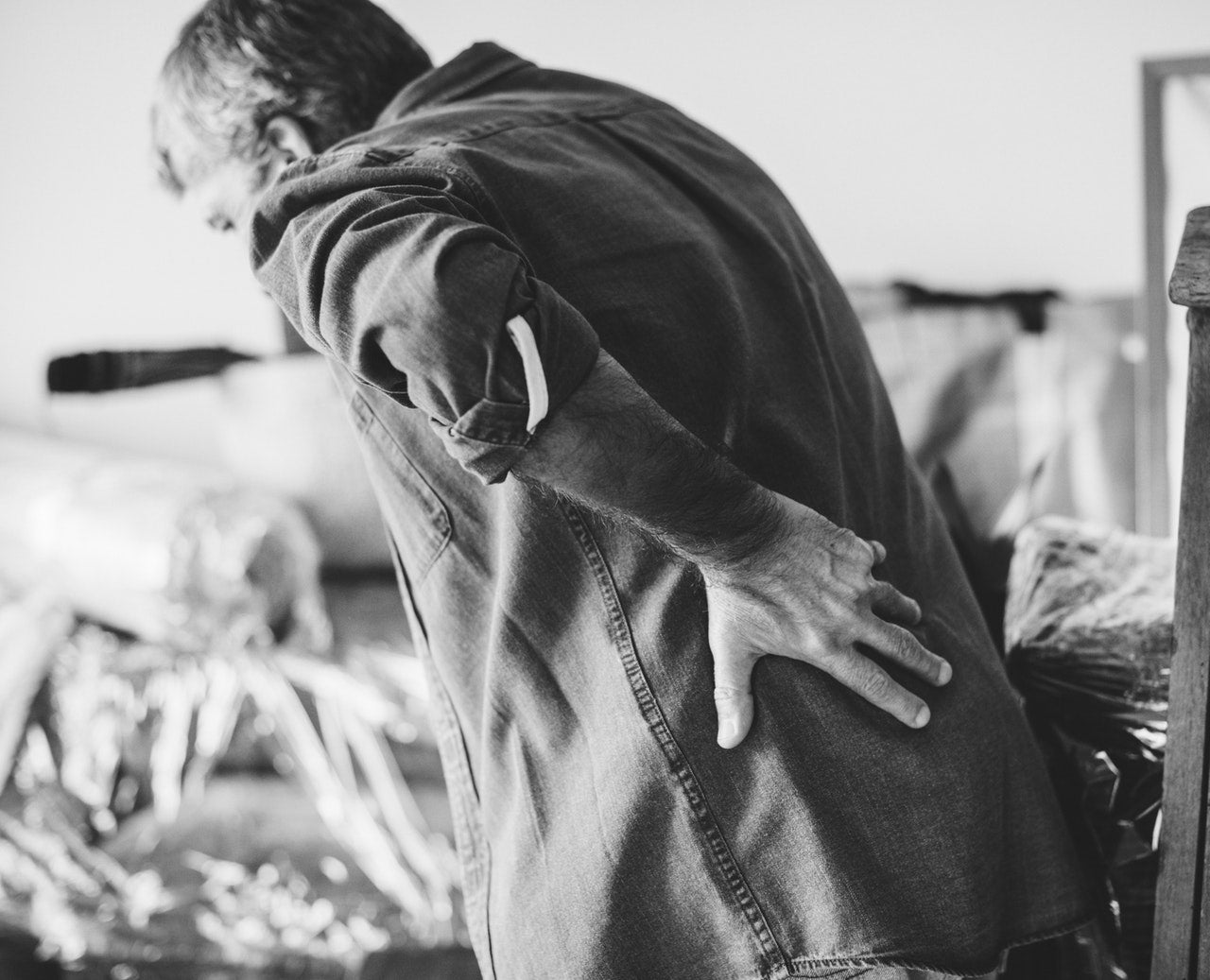
Clinical Aromatherapy for Pain Management
In 2016, three researchers published a meta-analysis and systemic review of aromatherapy’s [phyto-inhalants’] efficacy [1] as it relates to pain reduction in the journal Pain Research and Treat...
Read more
Designing Doctor-Recommended Aromatherapy Systems for Clinical Use
Nurses have been using aromatherapy to comfort patients, often at their own expense, for decades — a mission we applaud. The problem is that without a standardized system of administration or othe...
Read more
On fMRI, Scientific Insights, and Reliability
Why all scientific study results — not just fMRI — should be subject to critical thought and examination. To say that there has been much debate around whether or not functional magnetic resona...
Read more
Mapping the Journey of a Cancer Patient
How an external challenge gave Aeroscena® a new perspective on cancer patient experience. Several years ago, we were introduced to Havas Health, an innovative health and wellness marketing agency ...
Read more
Birth Centers are Turning to Aromatherapy for Maternal Comfort Care
Women’s choices around their birthing experiences have expanded widely over the last decade as the medical establishment becomes more accepting of these other options. More women are choosing t...
Read more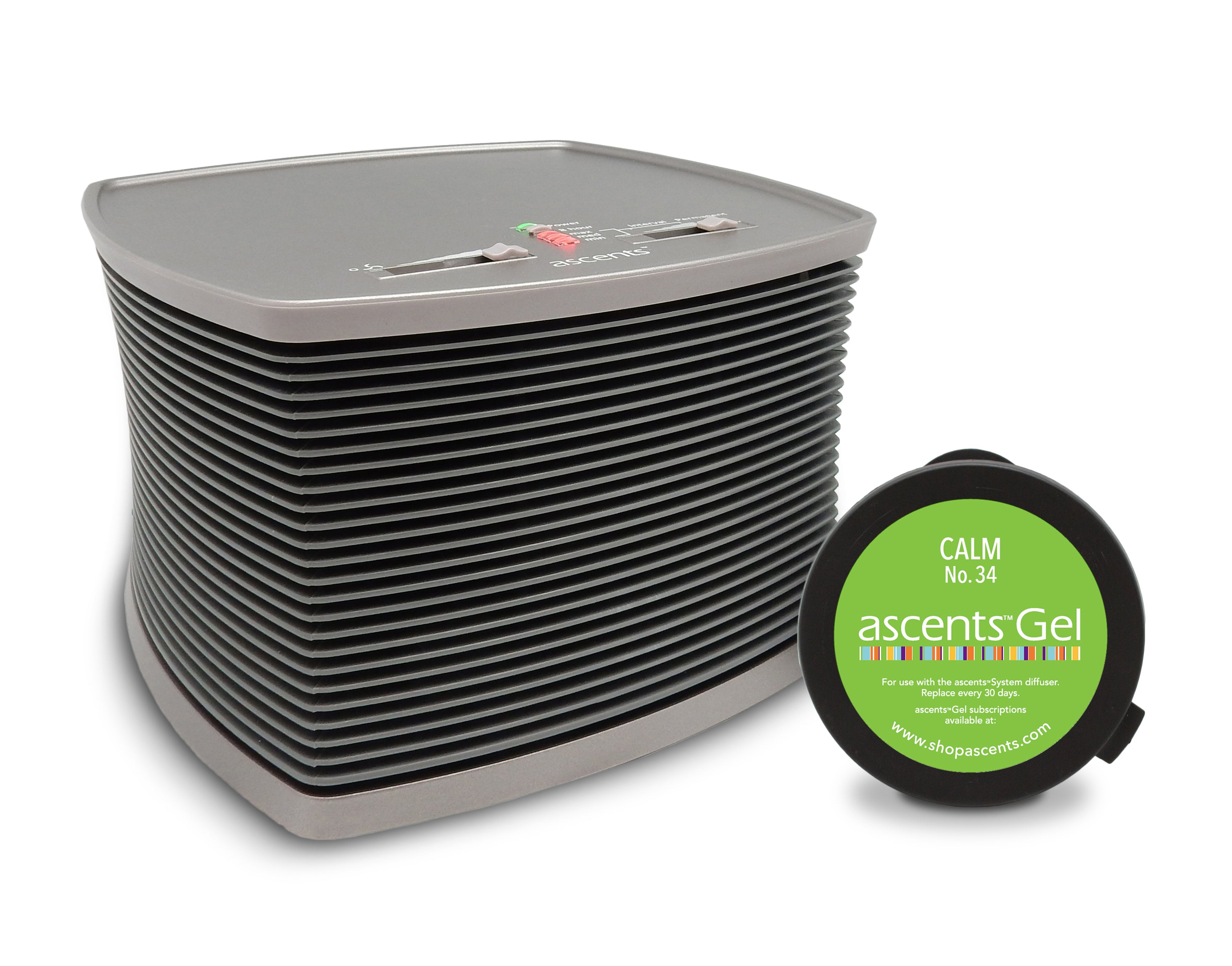
Yes, the Use of Essential Oils in Hospital Settings Can Be Dangerous
But not all essential oil treatment protocols were created equal. The Aeroscena® marketing team recently came across an article in Contagion Live written by Saskia V. Popescu (MPH, MA, CIC, a...
Read more